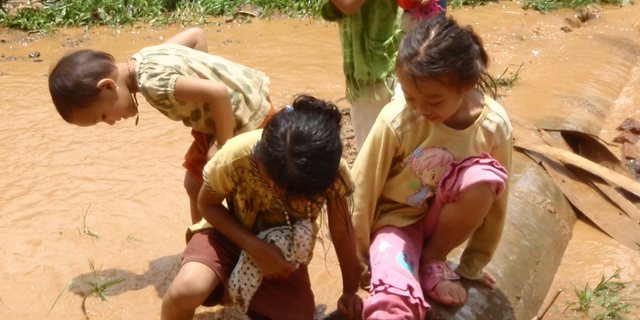A team from IRD1 and scientists from Vietnam, Thailand and Laos studied the dynamics of the E. coli bacteria in three watersheds in southeast Asia.
Water quality is a major development issue. It depends on several factors that may or may not be related to human activity. Among the various sources of pollution, the presence of faecal matter in drinking water can be a major health risk. In the rural areas of developing countries, water treatment is often limited. The human, cattle and wild animal populations are the main source of faecal matter contamination.

The presence of the E. coli bacteria is an indicator of faecal contamination of water supply systems. To get a better understanding of this bacteria and the factors influencing its concentration, the research teams developed new sampling protocols. Researchers were thus able to demonstrate that the type of vegetation, soil crust thickness, season and the presence of mammals played an important role in the bacterial role found in the water.
The highest bacteria concentrations were measured during the rainy season when floods and storms were most frequent. This phenomenon could be due to leaching of soil and greater water movement during these periods, causing organic matter to be suspended.
Plant cover is another factor affecting E. coli concentration. Lower quality water was observed when the soil was eroded around watercourses.
Human activity also affects E. coli bacteria concentration. When agricultural activity was more intense, during harvesting for example, scientists observed an increase in E. coli concentration in water.
1Study conducted by teams from the IEES and GET joint research units, and the MSEC (Multi-Scale Environmental Changes)